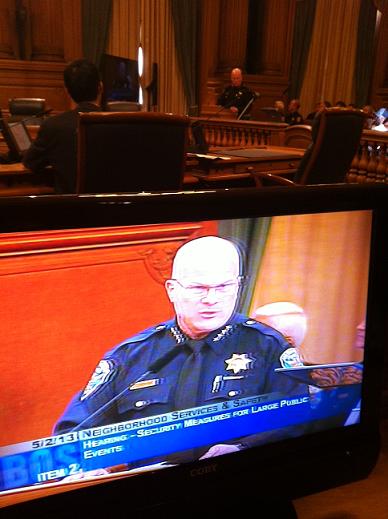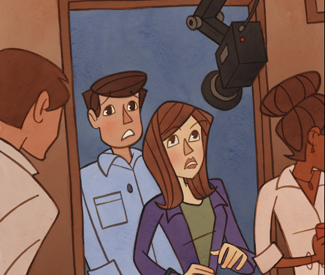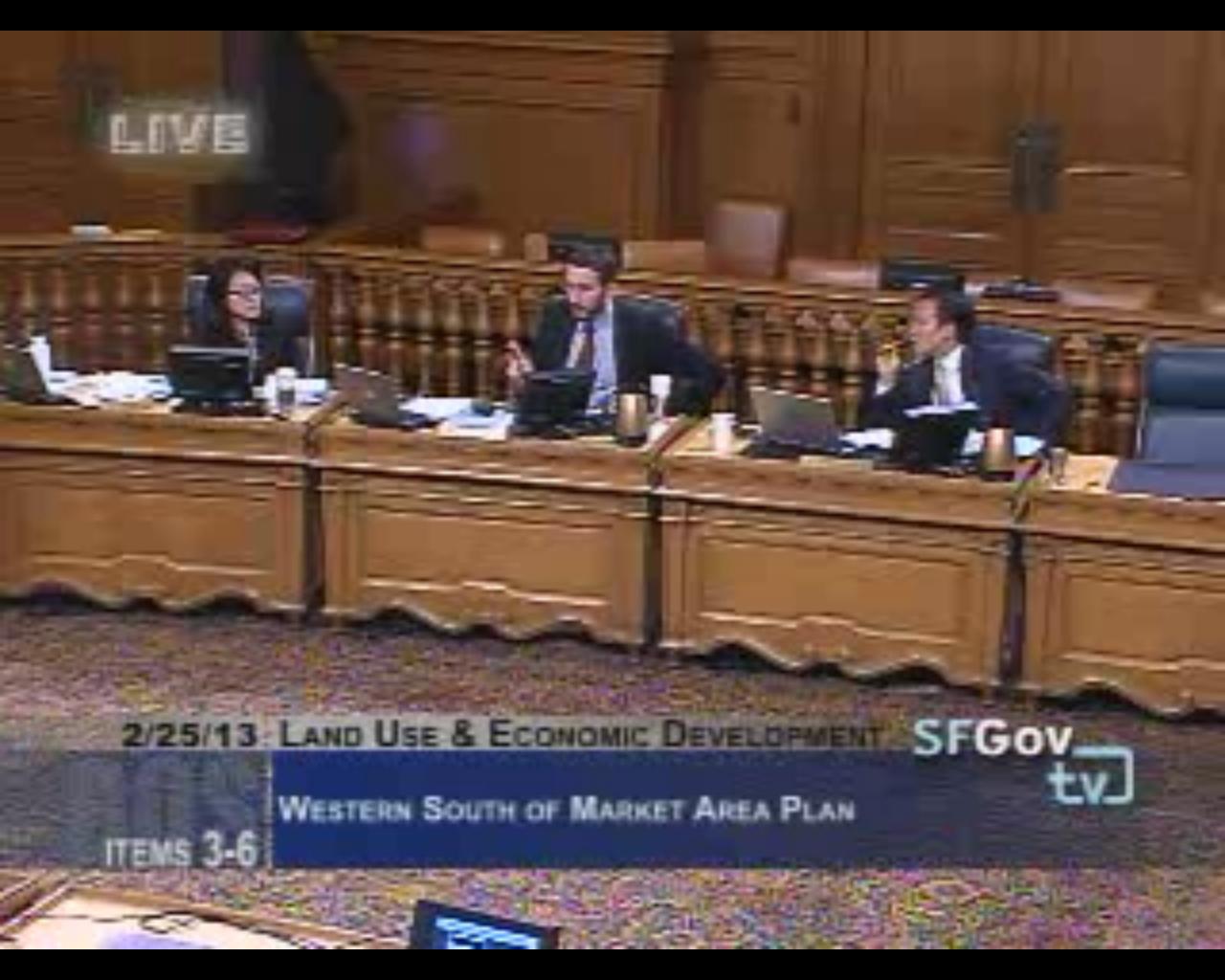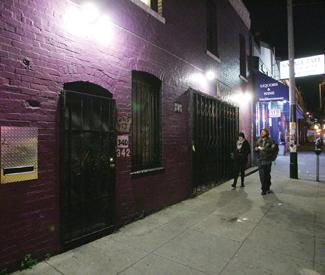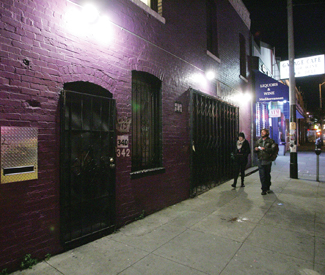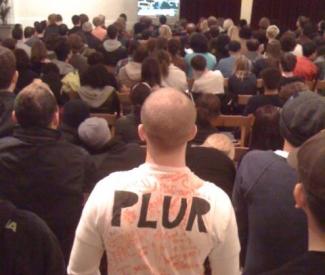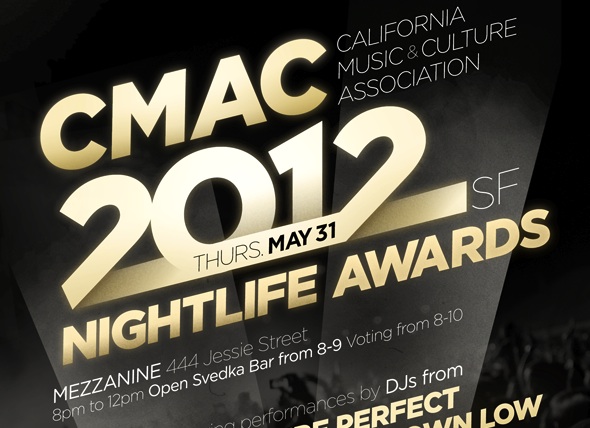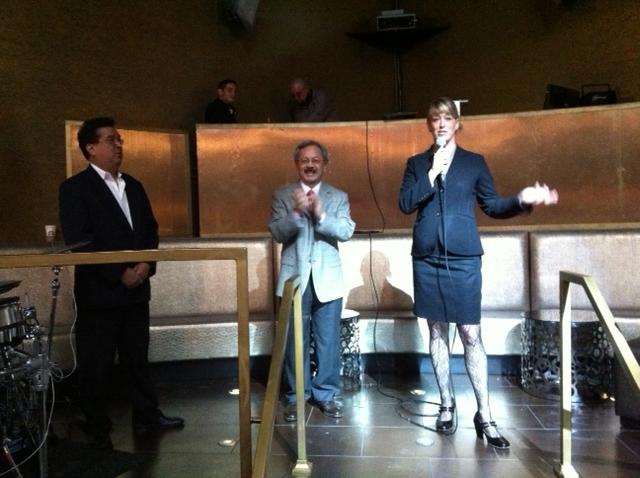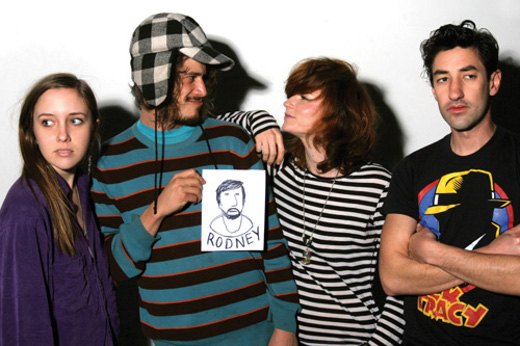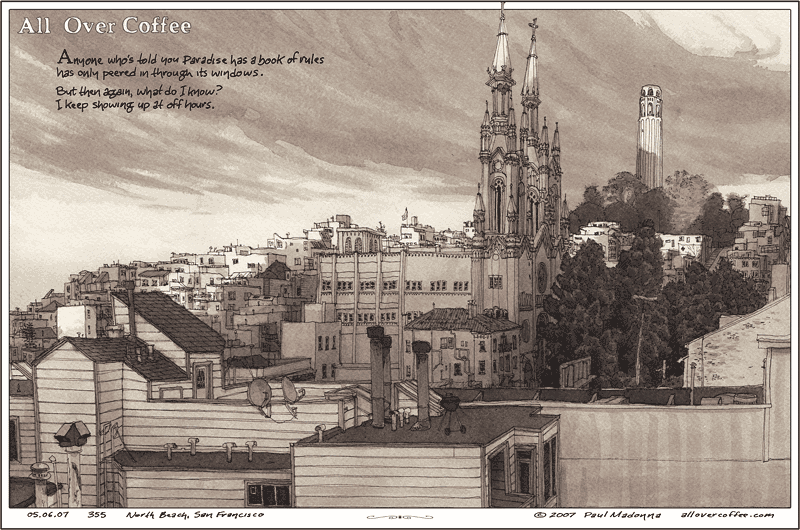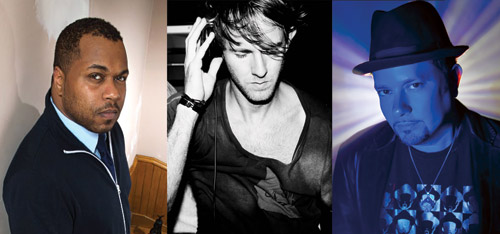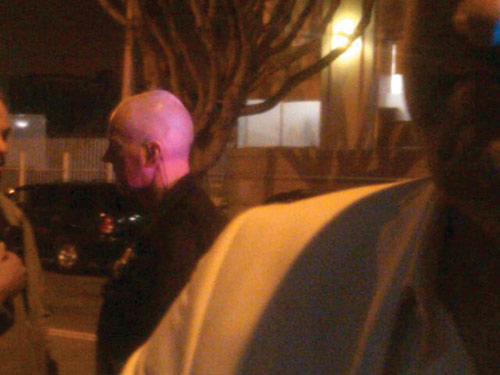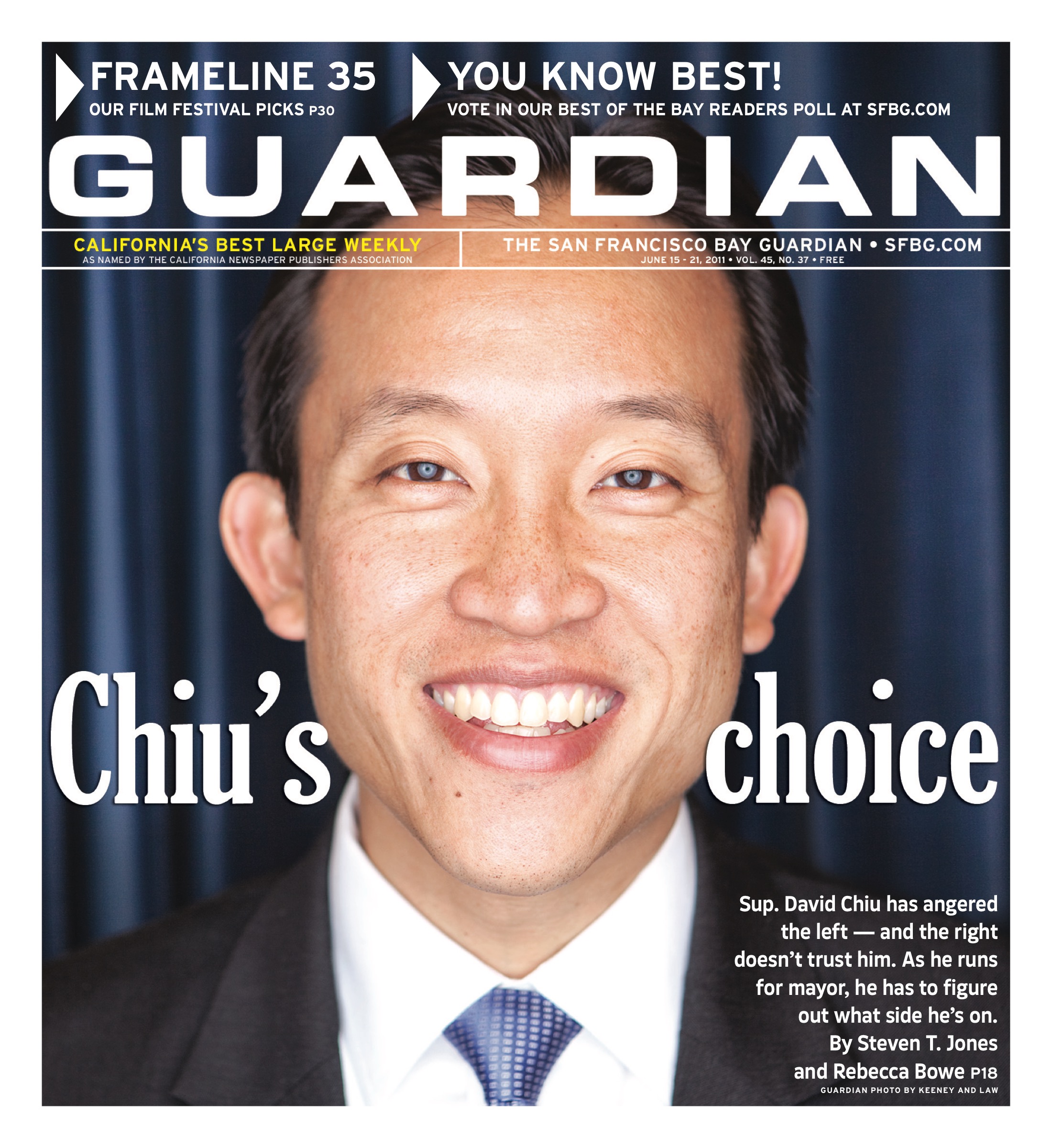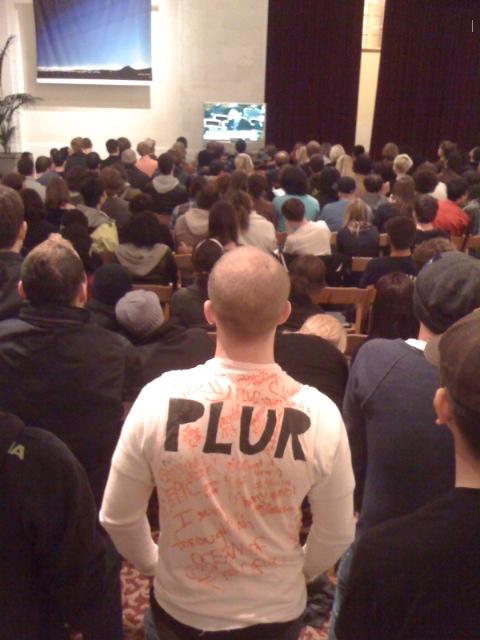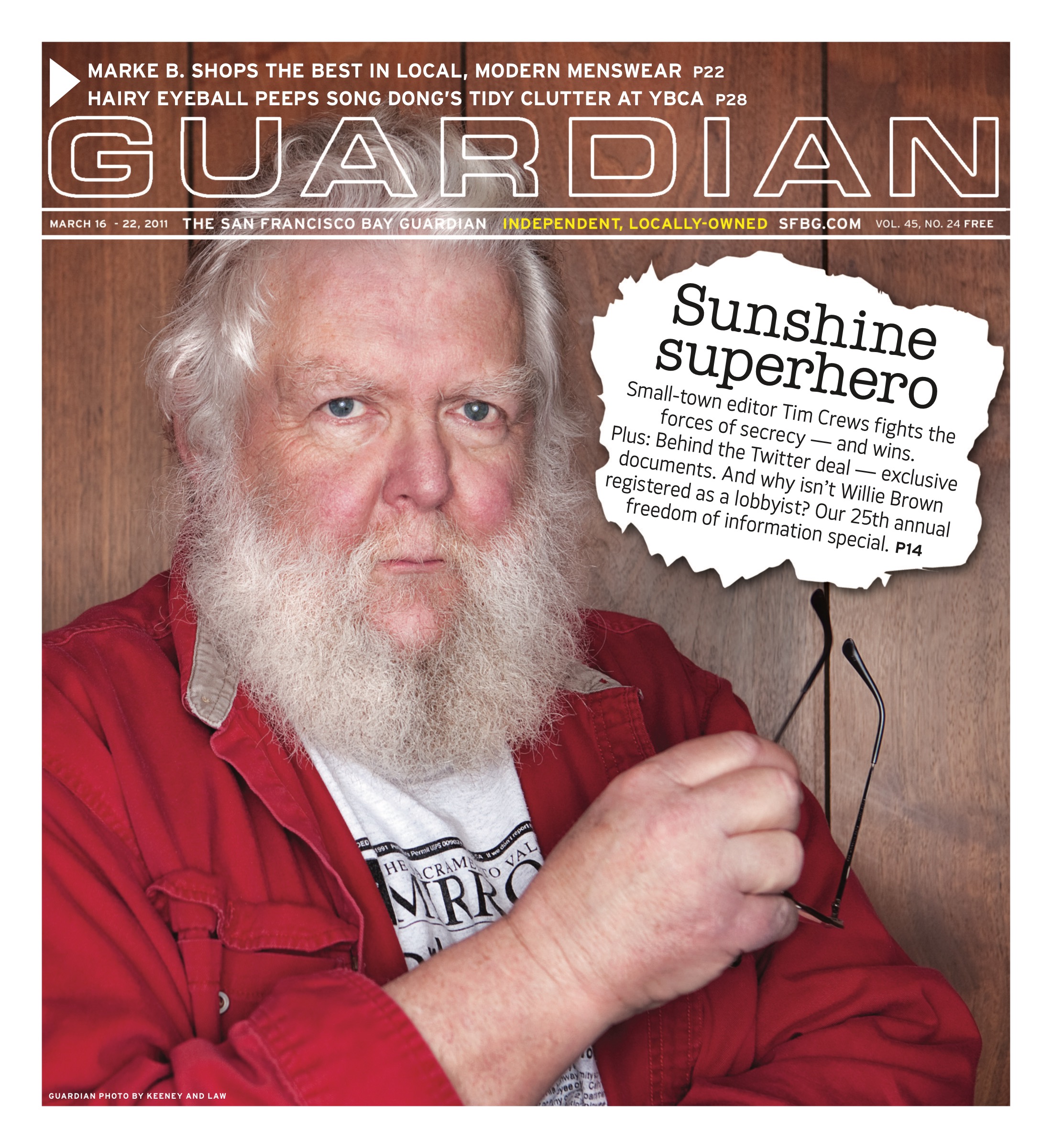THURSDAY 21
SF Symphony Presents: Duke Bluebeard’s Castle
This’ll be dark and delicious. Young British filmmaker Nick Hillel’s innovative, sculptural projections have appeared in videos for the Beastie Boys, Baaba Maal, Cirque du Soleil, and Matthew Herbert. He’s set to direct and design the SF Symphony’s semi-staged performance of composer Bela Bartok’s wickedly gorgeous 1911 mini-opera setting of the Bluebeard legend: a young bride wanders through her older husband’s nightmarish castle, discovering seven rooms that include a torture chamber, a gleaming treasure, a lake of tears, and, finally, her own horrible fate. Somehow this is not a downer! Probably because the music’s so entrancing — here voiced by mezzo-soprano Michelle DeYoung and bass-baritone Alan Held — and the tale so engrossing. Plus you get awesome pianist Jeremy Denk performing Franz Liszt’s Piano Concerto #1 and a clubby afterparty on Fri/22 with John Vanderslice and Magik*Magik Orchestra. No lake of tears here. (Marke B.)
Thu/21-Sat/23, 8pm, $35–$145
Davies Symphony Hall
201 Van Ness, SF
www.sfsymphony.org
FRIDAY 22
“David Shrigley: Brain Activity”
Glasgow-based artist David Shrigley’s signature cartoons are hilariously deadpan: crude drawings and doodles; short stories filled with crossed-out corrections; a “Lost Pet” poster, taped to a tree, seeing a certain pigeon (“Normal size. A bit mangy looking.”) He’s also an animator, spoken-word performer, photographer, music-video director, occasional DJ, and taxidermist — witness the “I’m Dead” image, featuring a stiffly obedient Jack Russell, being used to promote “Brain Activity” at the Yerba Buena Center for the Arts (“Is this the sickest art show ever?” tut-tutted the Daily Mail). This is the only stateside stop for “Brain Activity,” so don’t miss the chance to witness, and chuckle at, the work of this offbeat art star. (Cheryl Eddy)
Through Sept. 23
Opening tonight with performance by Blasted Canyons, 8-10pm, $12–$15
Artist lecture Sat/23, 2pm, free with gallery admission ($8–$10)
Yerba Buena Center for the Arts
701 Mission, SF
www.ybca.org
“Mission in the Mix”
Talk to anybody who has ever sat through an evening of hip-hop, you are likely to hear: “It was so much fun.” Talk to somebody dancing in a hip-hop group, same thing: “so much fun.” In some ways the yearly “Mission in the Mix” is a kind of preview of the big hip-hop fiesta in November, to which dancers fly in from who knows where. But, Micaya, the soul force behind that event, has always stressed her love for the local dancers who might not necessarily be ready yet for the big tent. So this is her chance to make them shine in a more intimate but no less rollicking environment. (Rita Felciano)
Through June 30; Fri-Sat, 8pm, Sun, 7pm, $17
Dance Mission Theater
3316 24th St. SF
(415) 826-4441
www.dancemission.com
Royal Headache
Musical debates can give you a…total migraine. With the US release of the self-titled album from Australia’s Royal Headache earlier this year, finding out about the band now is like coming into an argument halfway. Having built up a reputation through its live performances, the band — whose members are named Law, Joe, Shorty, and Shogun — is at the center of Sydney’s burgeoning garage rock scene, combining additional powerpop and R&B. The key element, though, is the naturally soulful voice of singer Shogun, alternately hailed as either a rock’n’roll messiah or the unwelcome return of Rod Stewart. (Ryan Prendiville)
With Yi, Synthetic ID
7pm, $8
1-2-3-4 GO! Records
423 40th St., Oakl.
www.1234gorecords.com
Death to All
Seven members of the pioneering death metal band Death are uniting to embark on a seven-stop tour beginning in San Francisco. The band’s first album Scream Bloody Gore, released 25 years ago, is widely considered to be the first true death metal album. This tour comes 11 years after the death of founding member Chuck Schuldiner due to brain cancer, and is intended to celebrate his life as well as to raise awareness and money for Sweet Relief, a nonprofit organization that helps foot medical bills for musicians. Never before has shredding, head-banging brutality been so morally sound. (Haley Zaremba)
With Gorguts
9pm, $32
Regency Ballroom
1300 Van Ness, SF
(415) 673-5716
www.theregencyballroom.com
Horse Meat Disco
Honey Soundsystem has good reason to be proud. Its parties — focused more on quality music than marketing to a stereotype — have been an energizing force for and beyond the SF gay community. Now Honey is starting off a packed Pride weekend by bringing out London’s Horse Meat Disco. Boldly called “without a doubt the most important disco club night in the world” the collective shares Honey’s expansive take on the genre, releasing borderless mixes as likely to feature edits of Talking Heads and Mungolian Jetset as Sylvester. The night also features the return of DIY synth wiz Gavin Russom, not in a DJ set, but with his live ensemble, the Crystal Ark.(Prendiville)
With Poolside (live), Honey Soundsystem DJs
9pm Doors, $17 Advance
Mezzanine
444 Jessie, SF
(415) 625-8880
www.mezzaninesf.com
SATURDAY 23
Bicycle Music Festival
Though LovEvolution may have be out-Darwined by the War on Fun, we (gosh darn) still have Bicycle Music Festival providing ambulatory audio in our city streets. The fest, split between two free outdoor locations, is completely pedal-powered — attendees morph into volunteers when they grab saddles and lend their quad muscles to the generator cause. This year, festival co-founder Shake Your Peace! makes its triumphal return, attendance may hit 1,000, and Birds & Batteries, Rupa and the April Fishes, and Major Powers and the Lo-Fi Symphony will be among those taking the stage. Catch the thrilling cross-city processional at 5pm to see members of Jazz Mafia roll through intersections without missing a beat. (Caitlin Donohue)
Noon-11pm, free
Noon-5pm: Log Cabin Meadow, Golden Gate Park, SF
6-11pm: Showplace Triangle, Irwin and 8th St., SF
www.bicyclemusicfestival.com
Mark Gardener
A mainstay of Britain’s legendary early-’90s shoegaze scene, Ride embraced the Beatles-on-drugs songbook, turned its guitars up to 11, and filtered the result through a viscous, Phil Spectorian cloud of pink noise. Now, 15 years after Ride’s disbandment, the band’s vocalist and guitarist Mark Gardener is coming stateside to honor the 20th anniversary of its sophomore effort, Going Blank Again: an album equally indebted to the Stone Roses’ jangly pop, and Kevin Shields’ shapeshifting production dynamics. Those of you jonesing for another My Bloody Valentine reunion appearance, take note: this is the show of the weekend to seize upon. (Taylor Kaplan)
With Sky Parade, Silent Pictures, DJ Dennis the Menace
9:30pm, $15
Cafe du Nord
2170 Market, SF
(415) 861-5016
www.cafedunord.com
MONDAY 25
Friends
Friends will be friends. But only the best of them will house your ass after a bedbug infestation — or so the story of Bushwick, Brooklyn’s dynamo five-piece, Friends, goes. Frontperson Samantha Urbani opened her home to future bandmates Lesley Hann (bassist) and Oliver Duncan (drummer) after the two were hit with a bout of the six-legged bloodsuckers, and jamming ensued. Tapping Matthew Molnar and Nikki Shapiro to round out the lineup, Urbani and friends instantly honed in on a funky, tropical, soul-tinged, and totally danceable kind of pop music. Friends — formerly known as Perpetual Crush — hit the ground flying in 2011, releasing much buzzed about singles “Friend Crush” and “I’m His Girl.” Debut full-length album Manifest! is out now — just in time to have a summah. (Julia B. Chan)
With Splash!, Young Digerati
9pm, $12
Bottom of the Hill
1233 17th, SF
(415) 621-4455
www.bottomofthehill.com
TUESDAY 26
“Jurassic Live: Dino Action Show”
The T.rex is coming! The velociraptors are here! All the way from Austin, Tex., Old Murder House Theatre — producers of Aliens on Ice … I highly recommend YouTubing it — brings its latest blockbuster homage to the Children’s Fairyland Theatre. This venue usually excludes grown-ups without kids in tow, but this interpretation of 1993’s Jurassic Park is “intended for mature audiences,” which I hope means plenty of stage blood during the “clever girl” scene. Also in store: cardboard-and-duct-tape reptiles, DIY contraband-toting devices disguised as shaving-cream cans, a bewigged dude playing Laura Dern, and more. Eat your heart out, Spielberg! (Eddy)
8:30pm, $20
Children’s Fairyland Theatre
699 Bellevue, Oakl.
www.oldmurderhousetheatre.com
The Hundred in the Hands
This glammed-out electro duo from Brooklyn produces dreamy pop songs with a shimmery disco tinge. Vocalist Eleanore Everdell is classically trained, her background in opera leading not to overpowering vibrato but instead to lush vocal stylings that add a warm depth to their dance-friendly tracks. Keyboardist and programmer Jason Friedman brings his art school education to the band’s online publication THITH ZINE, which highlights their favorite music, art, and design. The zine’s DIY foundation compliments the raw feel of the duo’s catchy homemade beats. Named after the Lakota Nation term for a battle resulting in the slaying of 100 members of the opposing army, the Hundred in the Hands promise to deliver a powerful, take-no-prisoners performance. (Zaremba)
With Silver Swans, Teenage Sweater
8pm, $12
Rickshaw Stop
155 Fell, SF
(415) 861-2011
www.rickshawstop.com
KWJAZ
Often associated with the “hypnagogic pop” movement that’s put the blogosphere into overdrive (think chillwave, but artier/weirder/more “washed out”) SF’s own KWJAZ has taken the cassette-fetishist subculture by storm. Churning out a gloriously hazy brand of jam-based pop, mastermind Peter Berends specializes in a more drawn-out approach than most of his peers; KWJAZ’s self-titled debut, released this year on the hipper-than-thou Not Not Fun Records, consists solely of two extended tracks, jazzily oozing from one murky, spliffed-out groove to the next. Pink Floyd for Hype Williams fans? Ariel Pink for the Soft Machine crowd? Bear witness, and decide for yourself. (Kaplan)
With Aloonaluna, Aja
9pm, $5
Hemlock
1131 Polk, SF
(415) 923-0923
www.hemlocktavern.com
The Guardian listings deadline is two weeks prior to our Wednesday publication date. To submit an item for consideration, please include the title of the event, a brief description of the event, date and time, venue name, street address (listing cross streets only isn’t sufficient), city, telephone number readers can call for more information, telephone number for media, and admission costs. Send information to Listings, 71 Stevenson Street, Second Floor, SF, CA 94105 or email (paste press release into email body — no attachments, please) to listings@sfbg.com. Digital photos may be submitted in jpeg format; the image must be at least 240 dpi and four inches by six inches in size. We regret we cannot accept listings over the phone.

